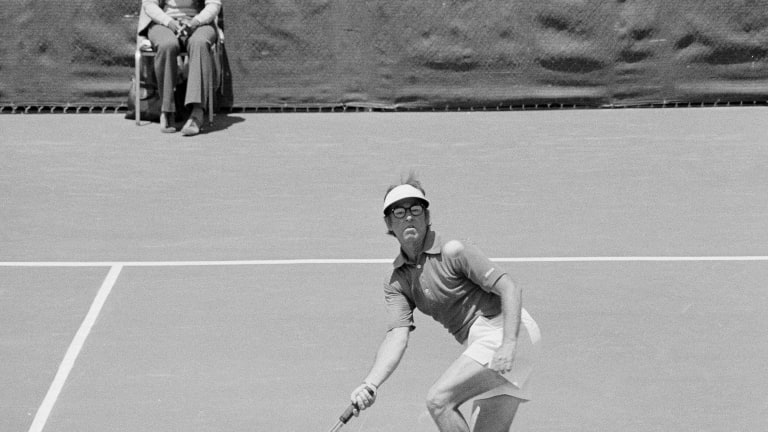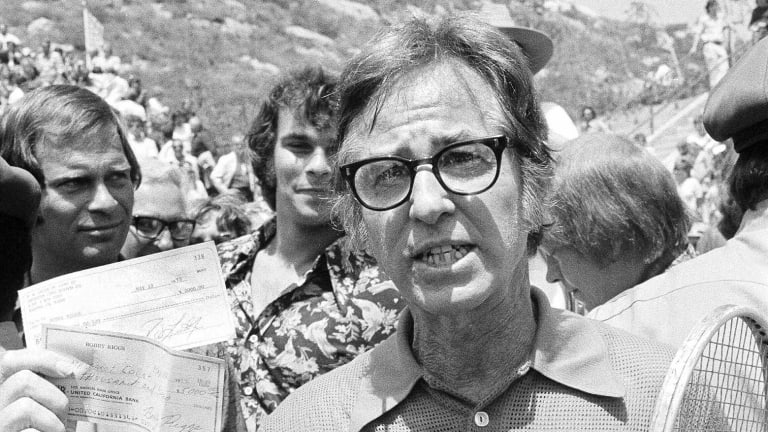TBT: The Mother’s Day Massacre—Bobby Riggs over Margaret Court
By May 13, 2021Iga Swiatek discusses nearly hitting a ball boy and three weeks she spent crying daily last year
By Mar 17, 2025Social
Iga Swiatek responds to viral Indian Wells ball boy incident
By Mar 17, 2025Coco Gauff heads home to the Miami Open after her 21st birthday and a bit of a rough patch
By Mar 17, 2025Betting Central
Game, Set, Bet: Miami Open Women's Betting Preview
By Mar 17, 2025In Memoriam
John Feinstein: Paragon of a Bygone Era
By Mar 17, 2025Miami, USA
2025 Miami Open women's preview: Andreeva's path to the Sunshine Double and more top stories
By Mar 17, 2025Indian Wells, USA
Mackenzie McDonald is paying the college tennis experience forward with a new fund
By Mar 17, 2025Ranking Reaction
Mirra Andreeva, 17, rises to new career-high ranking of No. 6 following Indian Wells triumph
By Mar 17, 2025Indian Wells, USA
Mirra Andreeva and Jack Draper win breakthrough titles at Indian Wells: What did we just witness?
By Mar 17, 2025TBT: The Mother’s Day Massacre—Bobby Riggs over Margaret Court
Seeking a spotlight, the 50-something Riggs set his sights on women’s tennis, and took on Court in the first Battle of the Sexes.
Published May 13, 2021
Advertising

TBT: The Mother’s Day Massacre—Bobby Riggs over Margaret Court
© AP
Advertising

TBT: The Mother’s Day Massacre—Bobby Riggs over Margaret Court
© AP
Advertising

TBT: The Mother’s Day Massacre—Bobby Riggs over Margaret Court